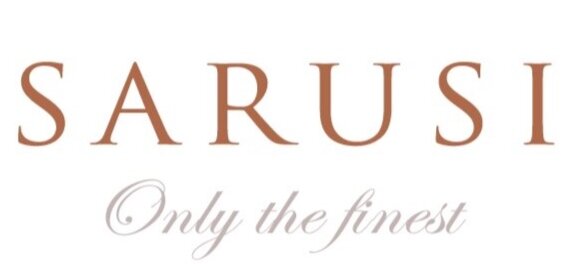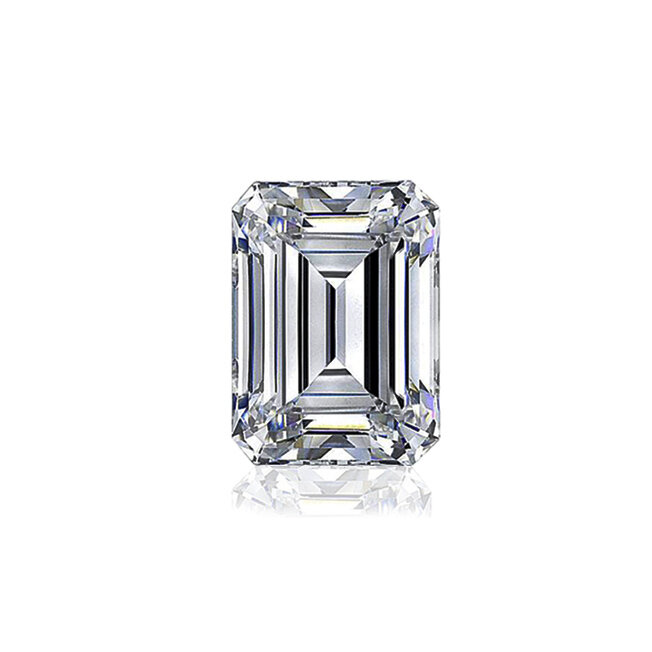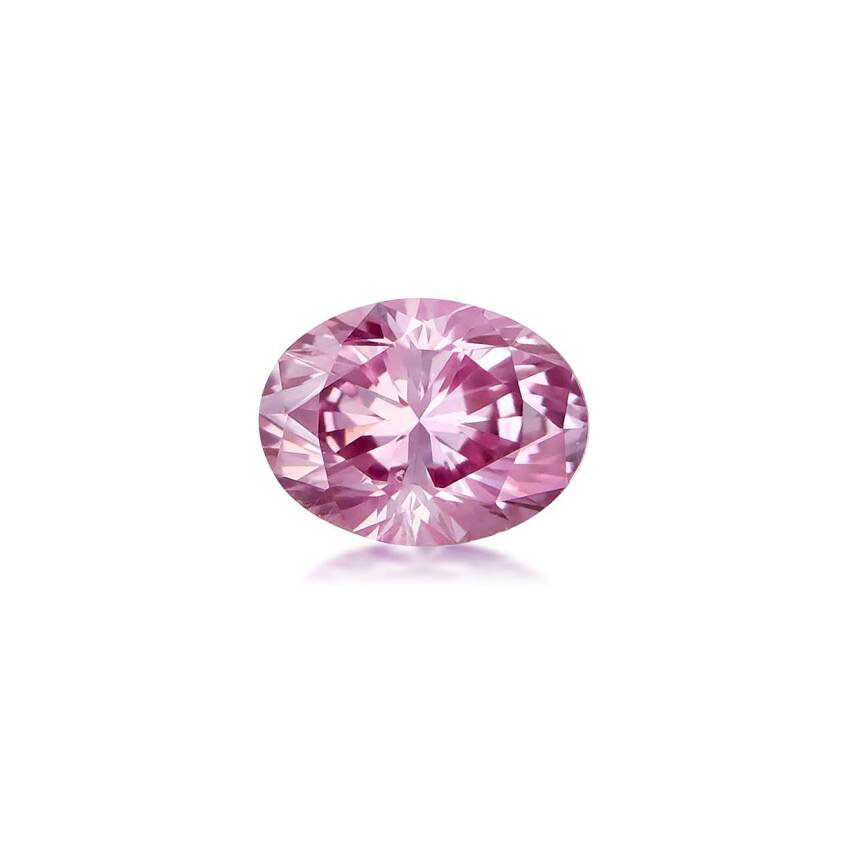
COLOUR
Diamonds come in an infinite range of colours and some of the rarest stones in the world are the coloured diamonds
When we discuss colour in gemstones we are not simply talking about hue, the spectral colour.
The light reflectivity determines how we see the colour in a stone. Other elements which determine the value of a stone are intensity of colour, the tone of the colour (light, dark) and the distribution of the colour throughout the stone.
Generally speaking a stone with the most intense and purest hue is the most desirable. A beautiful gemstone or diamond will have strong even colour throughout the stone, clear and without many visible flaws. A major consideration is whether or not a stone has had treatments to enhance it.
This and a stones size and rarity determines its value.
Each precious stone has its own unique origin from which it gains its colour.
The colourless diamonds (Grades D, E, F) are the coveted classic diamonds. These are very rare. They are often referred to as “white” “rare white” or “exceptional white”. Historically diamonds were described as like ‘water’ and clear colourless water the most desirable. In this colour (or absence of colour) only the reflections of the stone and light spectrum can be seen. There is no interruption of the colour spectrum.
Fancy coloured diamonds are often found with other diamonds but their evolution is different.
Yellow diamonds derive their beautiful golden hue from nitrogen. The nitrogen content cuts the blue light so that only yellow is seen. Yellow diamonds are graded according to hue, saturation and tone with Fancy Intense Yellow being the most desirable grade.
The delightful sunshine of a yellow diamond make is very popular stone and are highly desirable in the top colours.
Green diamonds are so rare that few people outside the industry are aware of them. Green diamonds are usually only found with a surface or ‘skin’ colour green which is lost during cutting, so the vast majority of green diamonds have only a partial green colouring.
The green diamond gets its unique colour by natural irradiation from the earths core and is the only gemstone to have this unique characteristic.
A true green diamond can range from a pale mint green to a grass green and the most desirable have an even full colour saturation through the stone. Other overtones like blue or yellow can create some stunning colours as well.
Often considered undervalued because of the lack of awareness, these diamonds are imminently collectable and will increase in value alongside the other fancy colours.
Brown diamonds come in a wide range of shades and colours and may be called cognac, champagne, chocolate, after all our favourite things!
Like other diamonds the value of the the stone is determined by the purity of colour, clarity of the stone and of course, its size.
As they are less rare that some of the other colours, these often can represent good value if you can find a unique stone.
Their brown colour has different origins including nitrogen, nickel and natural structural formations which reflect the brown colour to the eye.
Blue diamonds are one of the rarest diamonds. They are only found in the Cullinan mine in South Africa, The Golconda Mine in India or the Argyle Mine in Australia (now closed).
These rare beauties get their unique shade from boron. Typical of other gemstones, the colour ranges from a pale blue to a deep blue. Colour variations include, hues with purple, grey or green.
Definitely one of the most collectable of diamonds and should only be sourced from a reputable dealer.
Pink are one of the rarest of the fancy colours. Their colour spectrum ranges from a blush pink to a deep vivid pink nearing red. The most desirable colours are the Fancy Intense and Fancy Vivid pinks. Brown, orange and purple are the only secondary colours that occur with the pinks. Their colour is matched on a scale of lightest to darkest with 1 as the dark and 9 as the lightest. the Argyle colour chart divides it by PP ( Purplish Pink) P ( Pink) and PR ( Pink Rose) . There is also Red, Purplish Red, Blue Violet and Pink Champagne.
These are so rare that only a handful of these stones are offered each year for sale.
Pink diamonds are 100% pure carbon and its only their natural helix structure in the crystalline lattice which allows only pink light through.
Red diamonds are the rarest of the the fancy diamond colours. Red diamonds have only been found in minute quantities in mines from India, Russia, Australia and Brazil . Only a few of these beauties are ever on the market and only ever in a carat or smaller. One of the largest stones was 5.11 carats - The Moussaieff Red Shield. No other notable red diamonds over this size have yet to emerge, And like their closest cousin the pink diamonds, red diamonds have no elements which colour the stone. Red diamonds are pure carbon that has been twisted at high pressure to reflect only red.
Red diamonds are incredible to see and are their best in natural light.
Emeralds are gem quality stones of the mineral beryl. It is the one stones in the “ Big Three” for precious coloured gemstones. For centuries it has been honoured and desired for its intense green colour. The colour comes from the presence of chromium in the stone which is composed of berrylium and aluminium in a unique hexagonal crystalline structure. Although it is technically a hard stone (just a little less hard than ruby or sapphire) , emeralds are quite fragile due to the structure of the stone. Most emerald will have visible inclusions or fractures which are often called the “garden” of an emerald and this makes distinguishing emeralds from other green gems very easy. These inclusions can make an emerald vulnerable to breakage so should always be handled with care. Treatments for emeralds are typically oil to fill fissures in the stone and are considered an acceptable treatment for gem quality stones. Emeralds without inclusions are extremely rare and incredibly valuable. The most famous emeralds come from Columbia at the Muzo Mine. The colour of these stones are a deep velvety green of nearly equal yellow and blue.
Other notable sources of stunning emeralds are Zambia which has a slightly bluer green colour, Brazil, Zimbabwe and Ethiopia, with lesser quantities found in Madagascar, Afghanistan, Pakistan, Canada and Russia.
Rubies are highly prized gemstones, famously called the “gem of gems”. It is nearly as hard as the diamond and it is a form of the mineral corundum. It is much rarer than diamonds. Its rich red colour has a natural appeal and it can vary in shades from purple or blue red to a yellowish red. Treatments used in commercial production include heating and oil treatment to enhance colour and clarity. Collectable stones should be unheated and natural. Rubies are found in mines in Thailand, Vietnam, Cambodia, Kenya, Tanzania, Mozambique, Kashmir and most famously in Burma (Myanmar) . The Burmese rubies have the red closest to a true red. This is often referred to as “Pigeon Blood” as is the collectors colour of choice when considering rubies. Burmese pigeon blood rubies have steadily increased in price above rubies sourced elsewhere so that they have achieved some truly impressive prices. Recently finds in Mozambique have yielded beautiful transparent rubies of excellent quality and colour so for those seeking something stunning in a good size, colour and clarity fabulous stones are still accessible.
Sapphires are also made of the mineral corundum, but sapphires come in a rainbow of colours, the most famous colour for sapphire being blue. WIthin the blue spectrum each shade of blue has its fans, but the preferred colours are “Cornflower” a bright intense blue colour and “Royal Blue”, an intense velvety medium blue. Kashmir is the source for some of the most coveted blue sapphires, but Sri Lanka also has some incredible beauties, while Madagascar has produced some outstanding stones in recent years. Other sources for sapphires are Thailand, Vietnam, Burma, Cambodia, China, United States and Australia. And excitingly sapphires come in a huge range of colours including green, pink, purple, white, orange and one variety which is highly coveted called “ Padparadshca” - a stunning pink and orange sapphire. These lovely colours have been found in Sri Lanka, Tanzania and Madagascar. Sapphires are more common than rubies, tend to have clearer stones and as a result are priced below the ruby. The best stones, regardless of origin should have clear true tone, saturation of colour throughout the stone, clarity, and no treatment.










